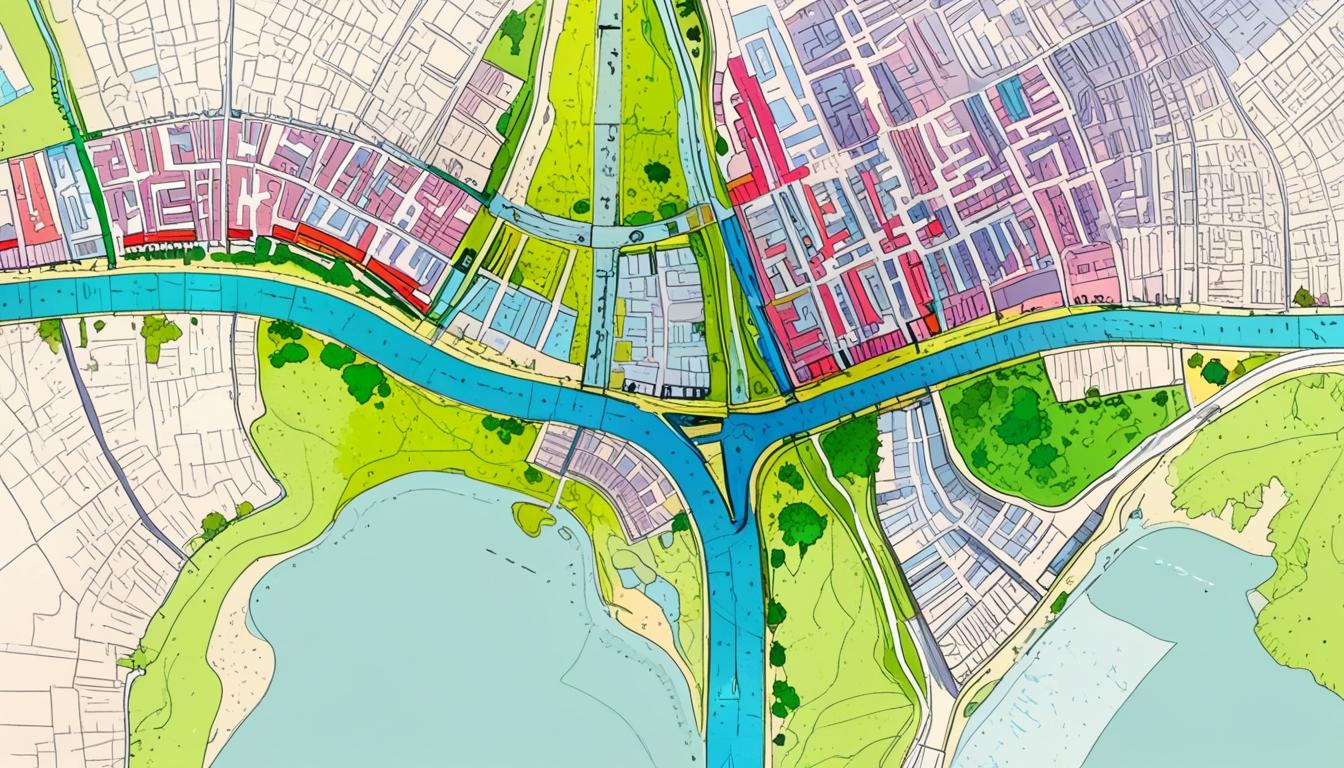A comprehensive research study conducted by a team of academics from Chittagong University has highlighted critical factors exacerbating the chronic waterlogging crisis in Chattogram city, offering 32 targeted recommendations to address the issue in the short, mid, and long term. Despite the government’s expenditure of approximately Tk14,263 crore on multiple projects over the past 11 years, the problem persists, prompting renewed calls for strengthened governance, improved policy implementation, and increased public engagement.
The research, entitled “Actions for Addressing Waterlogging in Chattogram City,” was initiated following a directive from the country’s then-Chief Adviser, Prof Muhammad Yunus. A team of ten professors led by CU Pro Vice Chancellor Prof Dr Kamal Uddin carried out the detailed study. The findings were submitted to the Chittagong University Vice Chancellor, Prof Dr Muhammad Yeahia Akhter, in early April and subsequently handed over to the Chief Adviser on 16 April.
According to Prof Kamal Uddin, speaking to the Daily Sun, the report focuses solely on Chattogram’s waterlogging problem, emphasising that the issue results not only from physical factors such as canal filling, hill cutting, and unplanned urbanisation—which are well-documented—but also from governance immaturity, social discrimination, and public apathy. He commented, “If even the short-term recommendations are implemented before the upcoming monsoon, a significant improvement can be expected this year.”
The report notes that only 56 out of 72 city canals are included in the drainage master plan by the Chattogram Water Supply and Sewerage Authority (Wasa), and those remaining waterways suffer heavy clogging from polythene and plastic waste. The researchers further point out that 85% of the urban area is covered with concrete or bitumen surfaces, substantially below the recommended 25-30% green space vital for effective water absorption. Over the past five decades, approximately 70% of natural water bodies have been filled in, severely reducing the city’s inherent capacity to manage surface water.
Challenges include a lack of coordination between the six key agencies involved — Chattogram Development Authority (CDA), Chattogram City Corporation (CCC), Chattogram Wasa (CWASA), Bangladesh Water Development Board, among others — all pursuing waterlogging mitigation independently despite overlapping objectives. Projects are often implemented rapidly without rigorous feasibility assessments or inter-agency consultation. Moreover, political influence reportedly interferes in project execution, complicating coherent and sustained efforts.
The research team identified deficient enforcement of building codes and regulations, ineffective drainage systems resulting from narrow and ageing secondary and tertiary drains, and poor waste management strategies as further contributors to the persistent waterlogging. The report also highlights the heightened vulnerabilities faced by slum dwellers, noting social discrimination and neglect by responsible agencies. Drainage systems in these areas are frequently blocked by dumped garbage, exacerbating flooding.
The research addresses the issue across four principal dimensions:
Environmental, Climate Change, and Geological Impacts: Experts underline how climate change-driven factors such as intense rainfall, sea-level rise, and land-use changes, combined with Chattogram’s low-lying topography and geological weaknesses, aggravate waterlogging. Recommendations include improving rainwater drainage, conserving and restoring natural canals and rivers, implementing planned urban development, and addressing the impacts of geological fragility.
Technical and Engineering Impacts: Despite Chattogram possessing a historically effective natural drainage system, environmental degradation through hill cutting, poor solid waste disposal, and alterations to sluice gates and river navigability have compromised water flow. Strategies focus on ensuring uninterrupted drainage, developing comprehensive databases and updated master plans, identifying flood-prone hotspots, halting further hill degradation, installing soak-pits, and conducting public awareness campaigns.
Waste Management Impacts: Solid waste accumulation within drainage canals is a major factor in waterlogging. The report advocates for identifying garbage accumulation sites, regular cleaning of canals and drains, implementing source-based waste segregation, promoting eco-friendly waste disposal methods, and raising public awareness on managing waste effectively.
Governance and Public Awareness: The study calls attention to inadequate governance characterised by fragmented institutional roles, lack of data availability on rainfall and drainage capacity, municipal inertia, and insufficient community involvement. Improved enforcement of policies, elimination of political interference in waterlogging projects, equitable service provision—particularly for slum populations—and enhanced public engagement form key governance recommendations.
The research team’s comprehensive approach underscores that while infrastructure investments remain crucial, they will likely fall short without fundamental improvements in governance, social inclusivity, and environmental stewardship. The report is due to be forwarded to relevant agencies currently engaged in waterlogging mitigation efforts, reflecting a collaborative move towards informed action.
This detailed investigation into Chattogram’s waterlogging woes provides a multi-faceted blueprint aiming to alleviate a perennial urban challenge through integrated technical, environmental, administrative, and social strategies.
Source: Noah Wire Services
